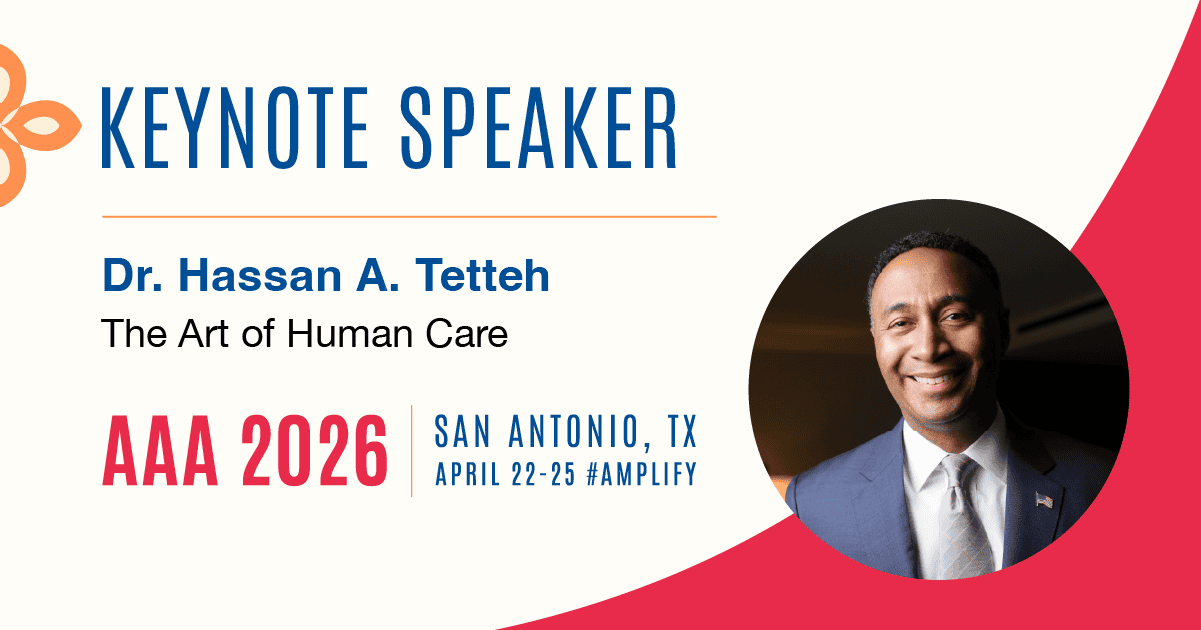Several years ago, the Internet went crazy over the color of a dress due to a visual illusion. This week, an auditory illusion had many people asking the simple question of whether they heard “Laurel” or “Yanni”. Aside from the “water cooler” discussion, what are the linguistic and auditory principles behind the illusion?
First of all, from a phonetics standpoint, Yanni and Laurel comprise all sonorant sounds. In phonetics and phonology, a sonorant or resonant is a speech sound that is produced with continuous, non-turbulent airflow in the vocal tract; these are the manners of articulation that are most often voiced in the world’s languages. In English, vowels are sonorants, as are consonants like y, w, l, r, m, n, and ng. Sonorants have more acoustic energy than other consonants.
The fact that both sounds comprise phonemes that are marked by a continuing resonant sound makes it easier to create an auditory illusion by manipulating categorical perception by isolating a specific variable (e.g. harmonic energy in a specific frequency region, around the second format) along a continuum, changing perception categorically from one sound (Yanni) to another (Laurel) on the basis of the listener’s perception and experience. Some have postulated that level and frequency differences also matter and that those who prioritize lower frequency listening cues hear “Laurel” while those that use more high-frequency cues hear “Yanni.”
Others have suggested the presence of high-frequency hearing loss will cause a higher percentage of “Laurel” responses. While it is nearly impossible to simultaneously hear both words, some have speculated that the primary reason for the auditory illusion is that the original recording – Laurel – was made in the presence of background noise, probably a fan. Some people report that they can “force” a change in perception by varying the overall level or increasing the distance from the source.
The best thing about the auditory illusion is that it brings the discussion of hearing into the mainstream. The very fact that people are arguing over whether they hear one sound over another is a major achievement. Now, if we could use a “gamefied” version as a hearing screener, THAT would really be something….
Recent Posts
Academy Joins National Push for Inclusive Loan Rules for Health Professions
Late last month, the Academy signed onto a letter to the Department of Education and the Reimagining and Improving Student Education (RISE) rulemaking committee urging…
Discover the Art of Human Care with Dr. Hassan A. Tetteh
Be sure to grab a front row seat at the AAA 2026 Opening General Session on Thursday, April 23, from 9:45–11:30 am, featuring Dr. Hassan A. Tetteh—surgeon,…
Protect Audiology Licensure in Utah
The Utah Office of Professional Licensure Review (OPLR) has recommended a drastic change that would eliminate professional licensure for audiologists and speech-language pathologists and replace…


